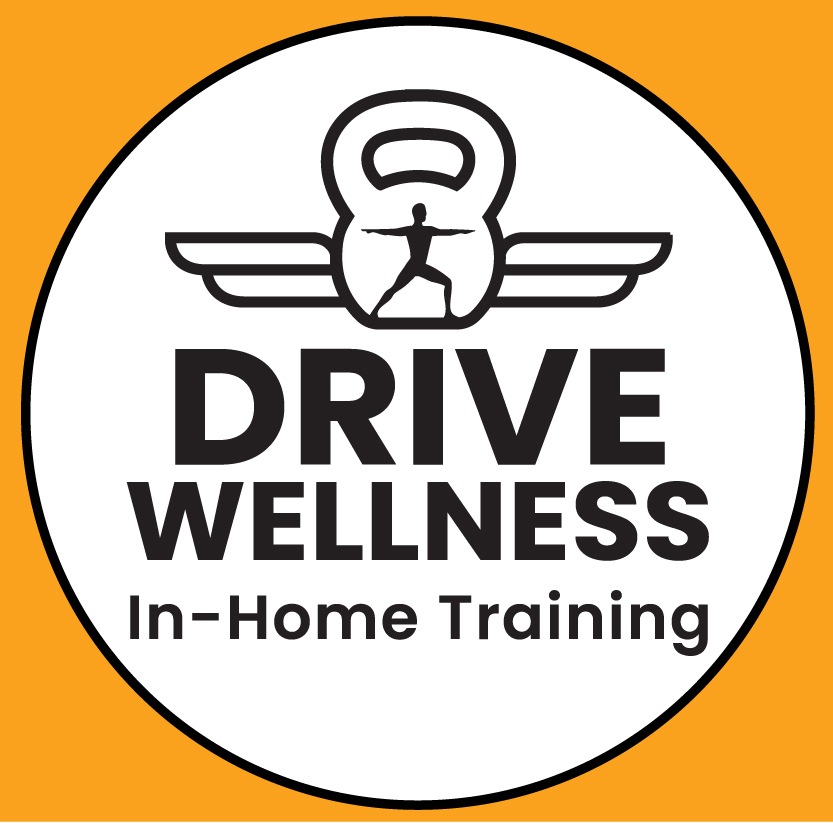Rethinking Fitness Goals
Smarter Fitness Goals Start With What Really Matters
“Lose 10 pounds.”
“Get toned.”
“Fit into my old jeans.”
Sound familiar? These are some of the most common fitness goals—and they’re also some of the most frustrating.
Why? Because they’re vague, emotionally loaded and often disconnected from the habits and changes that actually improve your health, energy and confidence.
Whether you’re a coach helping clients stay on track or someone trying to reset your own wellness journey, it’s time to rethink the goals we set—and how we define success.
The Problem With Scale-Based Goals
Let’s get this out of the way: your body weight is not the best indicator of health or progress.
- Weight fluctuates daily due to water retention, hormones, sleep, stress, and digestion.
- Muscle gain and fat loss can cancel each other out on the scale—while your body composition drastically improves.
- Focusing only on the number disconnects you from your actual wins: better energy, consistency, strength, or confidence.
Goals like “lose weight” set you up for all-or-nothing thinking. If the scale doesn’t cooperate, it can feel like you’ve failed—even when you haven’t.
Process Over Outcome: A Better Way to Think About Progress
Shifting from outcome-based goals (“I want to lose 10 lbs”) to process-based goals (“I want to strength train twice a week for the next month”) is where the magic happens.
Here’s why process goals work:
- They’re in your control.
- They reward consistency, not perfection.
- They build momentum and confidence, even when progress feels slow.
More importantly, process goals are flexible. If your lifestyle changes (travel, illness, busy season), you can adjust without abandoning the whole plan.
What Strong Goals Sound Like
If you're not supposed to focus on weight loss, then what? Try goal setting that centers around performance, habit, and feeling good.
Examples:
“Build upper body strength so I can carry groceries without back pain.”
“Train consistently 3x/week to boost my energy and mood.”
“Improve my mobility so I can get up and down from the floor with ease.”
“Rebuild my relationship with exercise after years of burnout.”
These goals are rooted in how you want to live—not how you want to look.
Helping Clients (or Yourself) Get Clear on the Why
Whether you’re a coach or someone on your own journey, here are 3 ways to get to a more meaningful goal:
Ask why, then ask again.- “I want to lose weight.”
- “Why?”
- “To feel better in my clothes.”
- “Why does that matter?” ⇒ Now you’re talking confidence and self-respect—not just a number.
Name what success feels like.
It might be waking up with more energy, running around with grandkids or hitting a new personal best.
Break it down.
What can you commit to this week that moves you closer to that feeling?
When the Goal Isn’t Yours
This one’s for the coaches, trainers and accountability partners: sometimes your client’s goal won’t be ideal. You don’t have to dismiss it—but you can reframe it.
A client says: “I want to lose 20 lbs.”
You respond: “Got it. Let’s also talk about building strength, improving energy and tracking the habits that help us get there.”
You’re not saying their goal is wrong. You’re just giving it better roots.
Final Thought: Your Worth Isn’t Measured in Pounds
Weight may change. So will your strength, schedule, body composition, and priorities. But your ability to show up, make choices, and improve your well-being? That’s the real win—and it’s always worth chasing.
Subscribe to Our Newsletter
Get the latest news, articles and resources from DRIVE Wellness, sent directly to your inbox.
By signing up, you agree to our Terms and Conditions.
DRIVE the Movement
Read other blogs to help you along your wellness journey!



